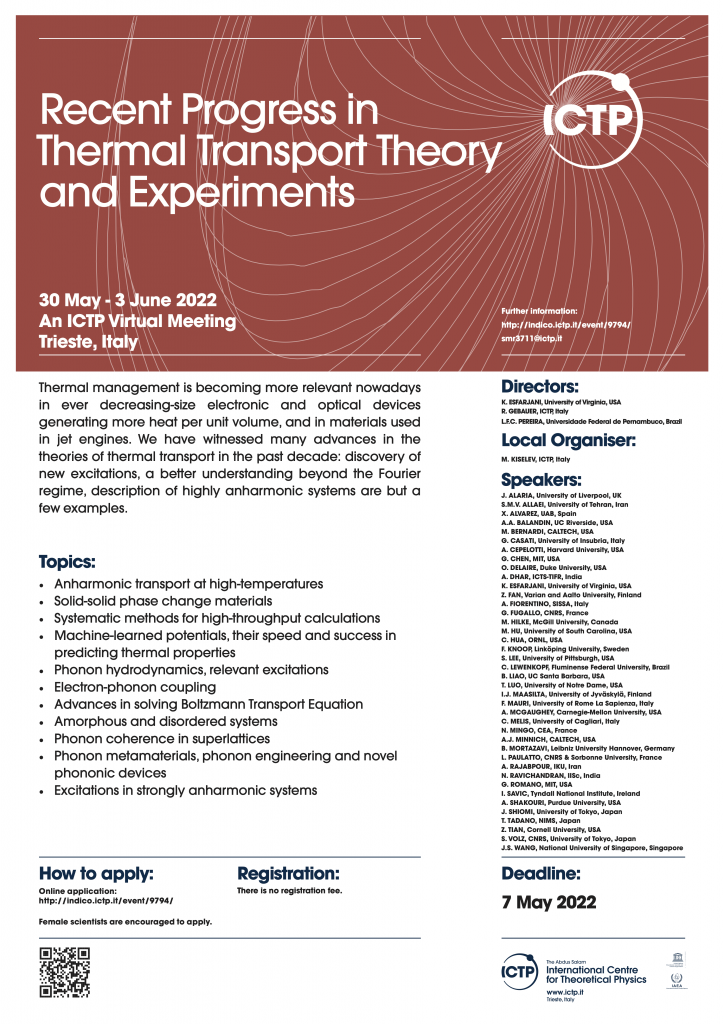Graduate student José Roberto da Silva, defended his Doctoral dissertation on Wednesday (29.06.2022) at 10:00 am, in a virtual auditorium via google meet. The thesis, entitled “Electronic transport in quasiperiodic nanostructures”, employed advances computational techniques such as efficient implementations of Green’s function calculations to calculate the electronic conductance of periodic and quasiperiodic graphene nanoribbons in the presence of defects and other perturbations.
José Roberto has been a member of TNG since 2017. During the last 4+ years he authored one publication, and has enough results for another one. We are very proud of his development as a scientist and look forward to his continued success.



